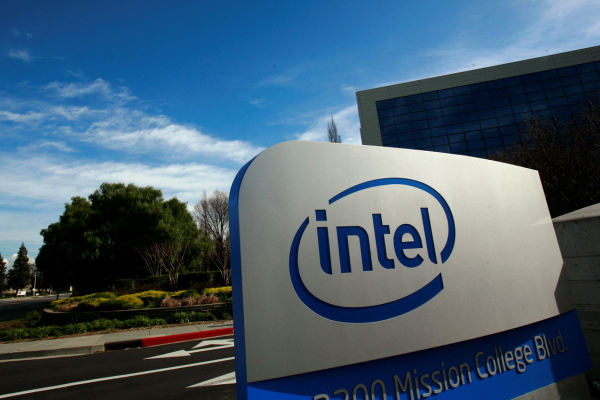Closing the security gaps in the supply chain

Haydn Brooks at Risk Ledger explores how organisations can strengthen their security profile by focussing on third-party security governance
As businesses increasingly adopt new cloud platforms, AI-driven tools, and digital collaboration solutions, new partnerships with third-party vendors have been critical in meeting demand from customers, employees and the wider industry. However, this growing dependence introduces hidden cyber-security risks, especially when the frameworks in place to understand and govern supply chain in the supply chain security are weak or outdated.
Without proper oversight, third parties can expose organisations to data breaches, regulatory non-compliance, and reputational damage – and we’ve seen countless examples of this, from the Ministry of Defence to MOVEit. Monitoring the risks and security of any third-party supply chain is a challenge, but by closing the gaps between businesses, their suppliers and the risks that may occur, organisations can go some way to defending against them.
The governance gap and compliance challenges
In today’s interconnected economy, many organisations struggle to create a cohesive governance structure for managing third-party security. This often results in gaps in oversight and accountability, leaving businesses vulnerable to supply chain-related risks. With regulatory landscapes constantly evolving – particularly around third-party security – businesses face the added challenge of maintaining compliance with new guidelines, which can quickly become overwhelming.
To address these issues, businesses must strengthen their governance frameworks to ensure that security policies are consistently applied across all third-party relationships. The key lies in a unified approach to risk management, where all parties involved in the supply chain work together to "defend as one." By doing so, businesses can not only mitigate risk more effectively but also ensure compliance with changing regulations, helping them avoid costly penalties.
Real-time risk assessments and visibility
The traditional method of conducting static, one-off security assessments no longer meets the demands of today’s fast-changing threat environment. To stay ahead of emerging risks, businesses need to adopt real-time monitoring and continuous assessment practices. These proactive approaches enable organisations to detect vulnerabilities and mitigate threats as they arise, providing a far more resilient defence mechanism than static evaluations ever could.
Additionally, businesses require greater visibility across their entire supply chain to truly understand and mitigate risk. By cultivating stronger relationships with all suppliers, businesses can build strategies focused on improving transparency and adopting a proactive approach to risk management.
This way, organisations not only secure their own operations but also foster a culture of security throughout their supply chain, and support smaller organisations in their path to becoming more digitally safe. Working alongside suppliers and, importantly, not overwhelming them with endless compliance documents and questionnaires, is the only way a business can secure their supply chain and at the same time maintain positive relationships with partners.
Automation and integration of cyber-security
For large organisations managing hundreds or even thousands of suppliers, manual processes for vendor risk management are inefficient, error-prone, and unsustainable. The solution lies in automation, which streamlines the process and ensures consistency across all vendor relationships, from onboarding to long-term monitoring. Automated tools not only enhance efficiency but also reduce human error, making vendor risk management both scalable and more effective.
Embedding cyber-security best practices into these automated governance models strengthens third-party relationships and creates a more resilient security ecosystem. Businesses can leverage these tools to continuously assess vendor security, ensuring that risks are addressed in real-time. By integrating automation into their processes, businesses can create a scalable, robust defence mechanism that adapts to evolving threats.
Today’s cyber-security landscape is more challenging than ever, especially for businesses impacted by third-party breaches. While regulators are stepping in to establish guardrails and mitigate these risks, many businesses still face the challenge of managing these threats without getting bogged down by excessive paperwork or difficult conversations.
The key to overcoming these obstacles lies in closing the gap between businesses, their suppliers, and the security risks that can arise throughout the supply chain. By fostering collaboration and ensuring that all third-party suppliers – regardless of size, location, or capability – are aligned in their commitment to protecting the business, organisations can change the trajectory of their security posture.
In the end, the fate of any business during an attack is in its own hands, and a unified approach across the entire supply chain is critical for safeguarding the business against cyber-threats.
Haydn Brooks is CEO at Risk Ledger
Main image courtesy of iStockPhoto.com and ArtemisDiana

Business Reporter Team
Most Viewed
Winston House, 3rd Floor, Units 306-309, 2-4 Dollis Park, London, N3 1HF
23-29 Hendon Lane, London, N3 1RT
020 8349 4363
© 2025, Lyonsdown Limited. Business Reporter® is a registered trademark of Lyonsdown Ltd. VAT registration number: 830519543





